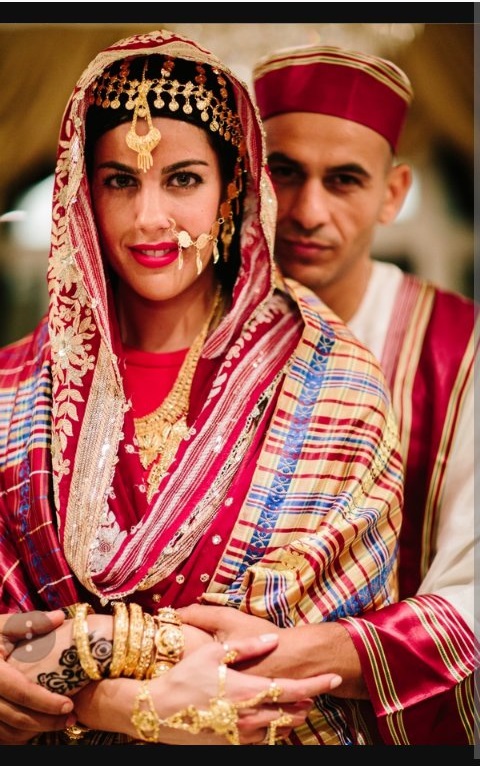About Egypt
Officially the Arab Republic of Egypt, Egypt is in North Africa. Its Sinai Peninsula acts as a land bridge in Southwest Asia. This makes Egypt a transcontinental country. Egypt is a major power in Africa, the Mediterranean, and the Islamic world. Its area is about 1,010,000 sq. km and is bordered by the Gaza Strip and Israel in the northeast, the Red Sea to the east, Sudan to the south, Libya to the west, and the Mediterranean Sea to the north.
Egypt has 99,375,741 million people, making it one of Africa’s most populous nations. Most live near the Nile River’s banks. This is where the agricultural land is found. The Sahara Desert areas are not populated. Half of the country’s population lives in urban areas, the largest of which are Cairo and Alexandria.
Egypt’s ancient civilization is well known and produced famous monuments like the Great Sphinx and the Giza pyramids. Archaeologists study ancient ruins such as Memphis, Thebes, the Valley of the Kings, and Karnak. The world’s major museums contain artifacts from these sites. Egypt is one of the Middle East’s important cultural and political nations.
The economy is one of the Middle East’s most diversified and includes tourism, industry, agriculture, and service at almost equal rates in productions. The economy is developing due to stability, trade, market liberalization, and law encouraging investment.
Etymology
Kemet is the country’s original name. This means “black land” and refers to the Bile flood plains fertile soil. This is distinct from the deshret, the red desert sands. In the Coptic stage of the Egyptian language, it is kimi and kima and Xnuia in early Greek. Ta-Sheme’aw and Ta-Mehew were the names of Upper and Lower Egypt.
Misr is the official, modern name of Egypt. This comes directly from Semitic words meaning “the two straits.” Egypt, the English name, comes from Middle French, Latin, ancient Greek, and Lenear, an earlier language.

